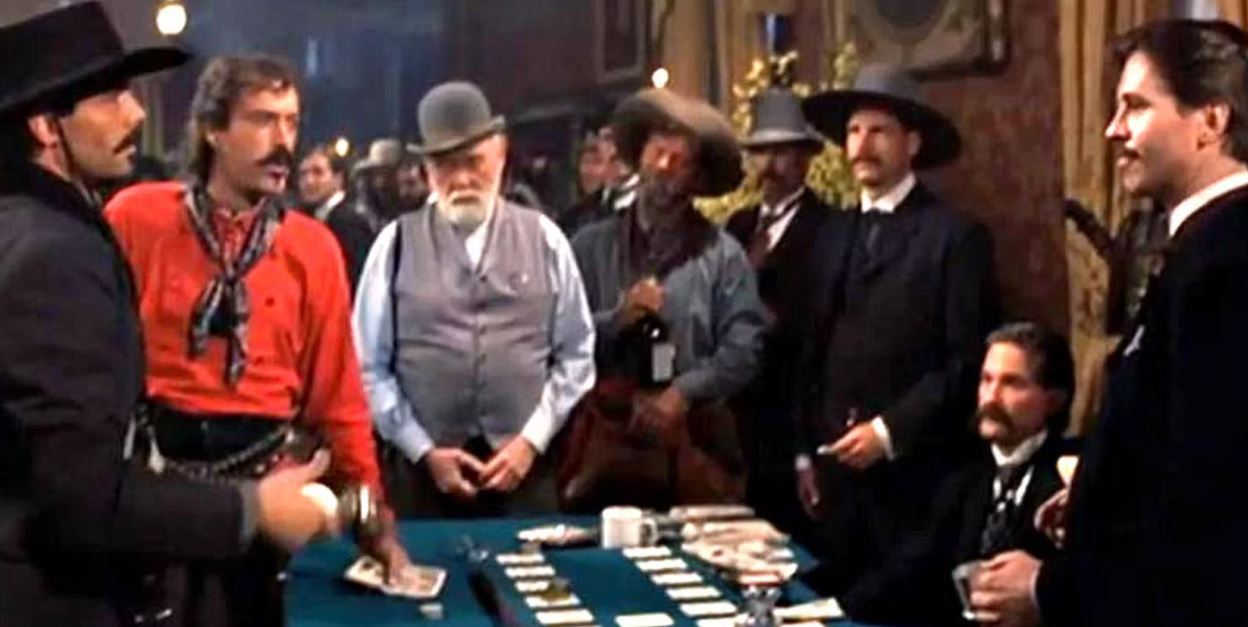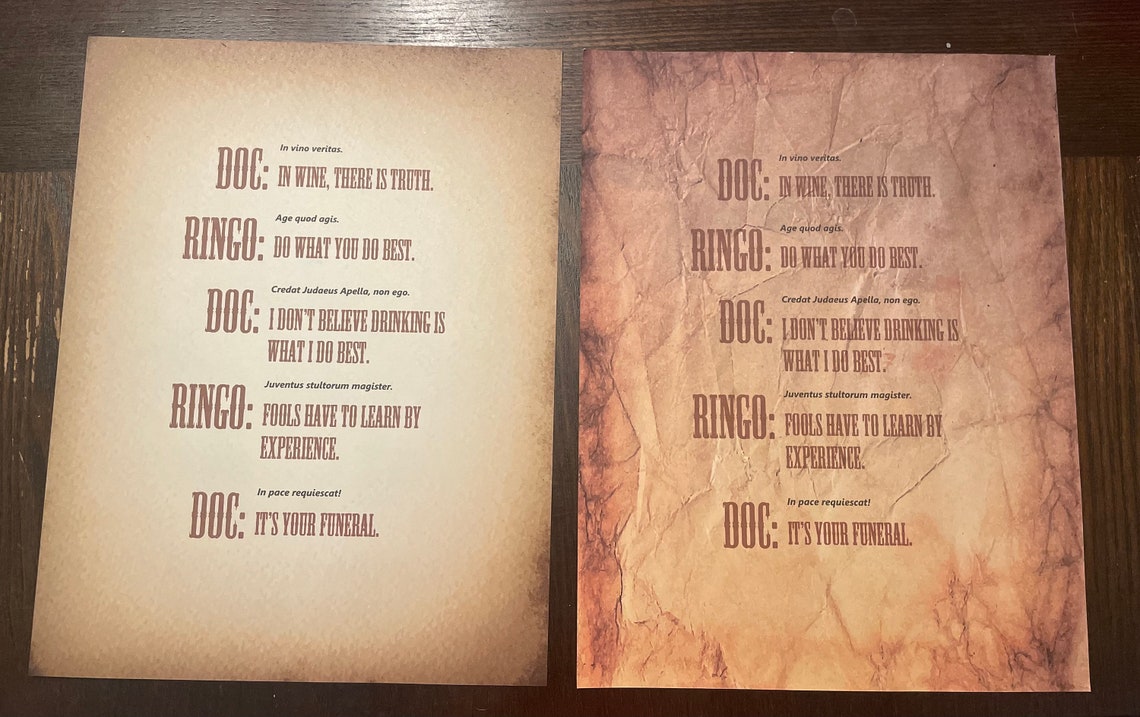What Do They Say In Latin In Tombstone

Okay, let's dive headfirst (but gently, we're talking about tombstones here!) into the wonderful, and sometimes surprisingly funny, world of Latin inscriptions on tombstones. Forget dusty textbooks and grumpy professors – we're going to make this fun!
Imagine you're strolling through a spooky graveyard. You're picturing gothic arches, maybe a raven or two... but wait! What's that elegant phrase etched in stone? Chances are, it's Latin!
Common Latin Phrases You Might Stumble Upon
Now, Latin on tombstones isn't all about complicated philosophical pronouncements. Sometimes, it's surprisingly straightforward. Think of it as the ancient version of "Gone Fishing."
One of the most common phrases you'll see is "Hic iacet." This translates to "Here lies." Simple, right? Like a historical, stone-cold mic drop.
Or you might find "Requiescat in pace," often abbreviated as "R.I.P." We all know this one! It means "May he/she rest in peace." It's the classic farewell, the eternal "goodnight."
A Touch of Wisdom (and Wit!)
But Latin tombstones aren't just about stating the obvious. Sometimes, they offer a glimpse into the deceased's personality, or a piece of wisdom they wanted to share with the world (or at least, the few people who'd bother to read their tombstone).
Consider "Memento mori," which means "Remember you must die." Cheerful, isn't it? It sounds a bit gloomy, but it's actually a reminder to live life to the fullest. Think of it as a historical YOLO!
Then there's "Amor omnia vincit," meaning "Love conquers all." How romantic! Imagine finding that on a tombstone - a testament to a love that lasted beyond the grave.
Occasionally you might spot "In memoriam," which means "In memory of." Very straightforward and commonly seen.
Beyond the Basics: Getting a Little More Creative
Of course, some families wanted to get a little more creative. The Latin allowed for a certain gravitas and elegance that the common tongue couldn't quite capture.
You might find a quote from the Bible, or a philosophical saying from a famous Roman author. It all depends on the person's beliefs and what they wanted to communicate.
Imagine finding a tombstone that reads something like:
"Dum spiro spero."This translates to "While I breathe, I hope." Powerful stuff, right?
Why Latin? And Why Should We Care?
So, why Latin? Why not just use the local language? Well, for centuries, Latin was the language of the educated elite. Using it on a tombstone was a sign of status, a way to show that the deceased was a person of learning and refinement. It was like the ancient version of having a fancy car.
And why should we care about these old Latin inscriptions? Because they offer a fascinating glimpse into the past! They tell us about the people who lived before us, their beliefs, their hopes, and their fears. Plus, they're just plain cool. Imagine wowing your friends with your newfound knowledge of tombstone Latin! You'll be the life (or should I say, death?) of the party!
Ultimately, deciphering Latin on tombstones is like unlocking a secret code to the past. It's a fun, engaging way to connect with history and appreciate the enduring power of language. So, next time you're in a graveyard, keep an eye out for those Latin phrases. You never know what secrets they might reveal!


















